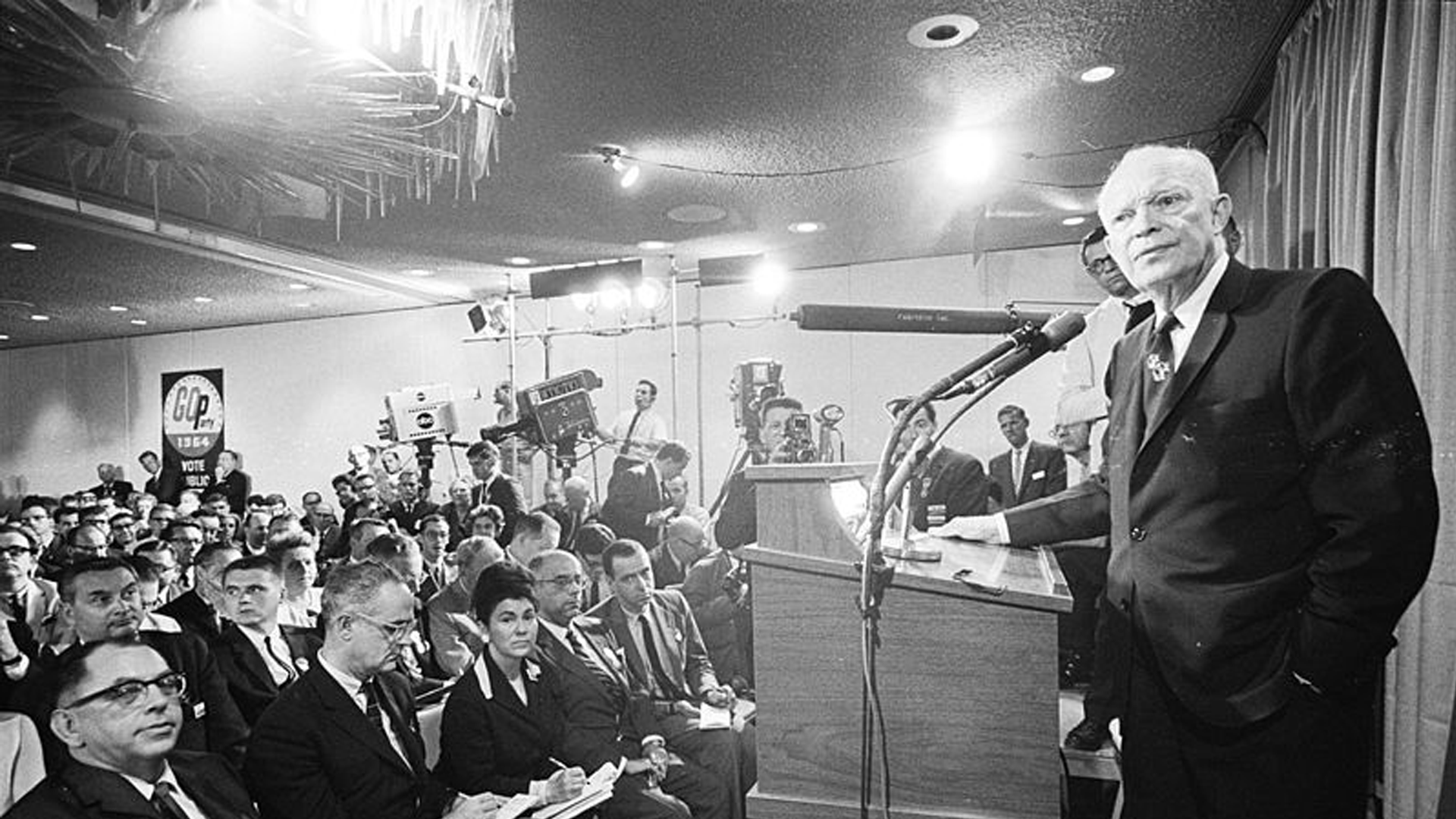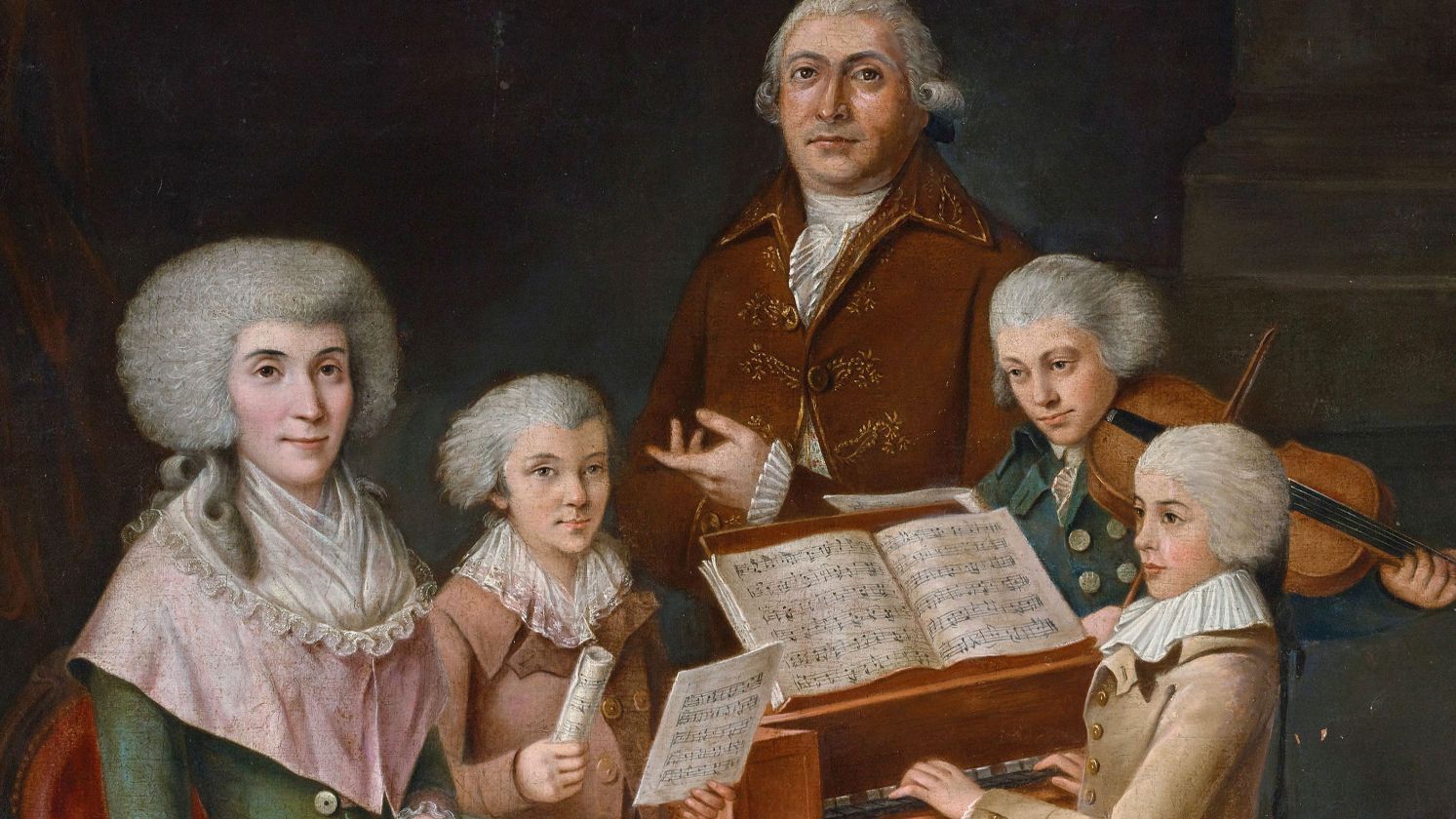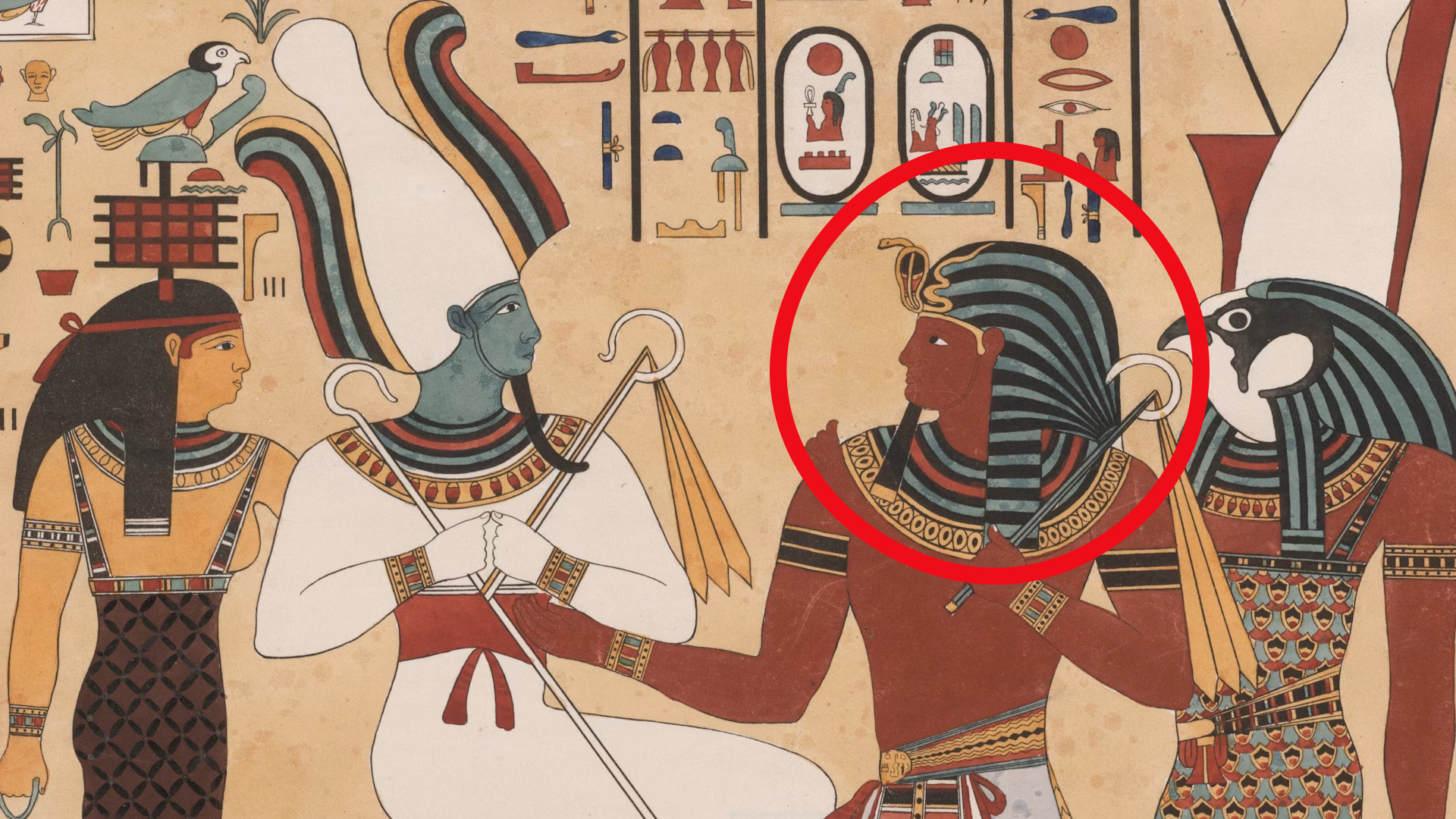The Dark Side Of Knighthood
Knights weren’t just noble protectors riding into battle for glory. Many were hot-headed, ambitious, and sometimes downright reckless. History remembers them not for polished chivalry but for the chaos they left behind—shady politics and shocking betrayals. Some became infamous for cruelty, others for breaking every code they were supposed to honor. So, let’s take a look at 20 knights who gained notoriety and whose names still carry a punch centuries later.
1. Gilles De Rais
One of France’s wealthiest nobles, Gilles de Rais, earned fame fighting beside Joan of Arc during the Hundred Years’ War. But his legacy turned sinister. Accused of abducting and murdering children, he was executed in 1440, his chivalric reputation forever tainted.
 Éloi Firmin Féron on Wikimedia
Éloi Firmin Féron on Wikimedia
2. Sir Francis Drake
For Spain, he was piracy personified; for England, a champion of naval glory. Sir Francis Drake earned knighthood after his global circumnavigation aboard the Golden Hind and secured immortality when he helped crush the Spanish Armada in 1588, cementing his paradoxical place in history.
 Marcus Gheeraerts the Younger on Wikimedia
Marcus Gheeraerts the Younger on Wikimedia
3. Sir Hugh Despenser The Younger
In 1326, Sir Hugh Despenser the Younger met a gruesome fate—hanged, drawn, and quartered before the crowds. Once King Edward II’s most trusted favorite, he had risen to immense power, but his insatiable greed and corruption stoked noble fury, ending in charges of treason.
4. Sir Piers Gaveston
The close bond between King Edward II and his companion Piers Gaveston scandalized medieval England, fueling rumors and unrest at court. Gaveston’s unchecked influence and proud demeanor enraged the nobility, and though repeatedly exiled, he met his grim end with execution in 1312.
5. Sir John Oldcastle (Lord Cobham)
Respected in Henry V’s service, John Oldcastle’s embrace of Lollard reform brought swift ruin. Branded a heretic and confined to the Tower, he escaped only to rise as a rebel. Captured again, his final punishment in 1417 was brutal.
 Eduard von Grützner on Wikimedia
Eduard von Grützner on Wikimedia
6. Sir William Stanley
Sir William Stanley’s downfall in 1495 baffled England. Convicted of treason against Henry VII, he was executed despite having once secured the king’s crown at Bosworth Field with decisive action. The knight’s fall from loyal savior to condemned traitor shocked a nation that had trusted him.
 Artist: a painting in Wentworth Ho. - Engraved by: H. Robinson on Wikimedia
Artist: a painting in Wentworth Ho. - Engraved by: H. Robinson on Wikimedia
7. Sir James Hepburn
The shadow of Lord Darnley’s murder clung to James Hepburn, widely believed complicit in the crime. Still, he wed Mary, Queen of Scots, as her third husband, a union rife with scandal. While her rule collapsed, he lived out his final years imprisoned in Denmark.
 Unidentified painter on Wikimedia
Unidentified painter on Wikimedia
8. Sir Roger Mortimer
The same power that Sir Roger Mortimer wielded to overthrow Edward II would ultimately spell his own doom. After helping depose the king while romancing Queen Isabella, this influential noble found the tables turned when Edward III stripped away his authority.
 Photo British Library; painted by or for William Bruges on Wikimedia
Photo British Library; painted by or for William Bruges on Wikimedia
9. Sir Jean De Carrouges
Jean de Carrouges’ most famous battle was fought not on open fields but in a courtroom-turned-arena. In 1386, he challenged Jacques Le Gris over a grave accusation against his wife. Their violent trial by combat, witnessed by King Charles VI, became France’s last judicial duel.
10. Sir Henry Percy
Known to history as "Hotspur," Sir Henry Percy lived up to his spicy nickname at every turn. The English noble's quick-trigger nature made him a military superstar but also pushed him into a rash rebellion against King Henry IV that ended at Shrewsbury in 1403.
 After Silvester Harding on Wikimedia
After Silvester Harding on Wikimedia
11. Sir Ulrich Von Jungingen
As Grand Master of the Teutonic Order from 1407, Ulrich von Jungingen wielded immense authority, yet it could not protect him on the battlefield. In 1410, he led his knights at Grunwald, where his death marked a decisive turning point in the Polish-Lithuanian-Teutonic War.
12. Sir Reynald De Châtillon
A notorious French crusader, Reynald de Châtillon, defied truces by raiding Muslim caravans, earning infamy across the Levant. Even years of captivity in Aleppo did not restrain his aggression. His fate was sealed in 1187, when Saladin executed him after the crushing Battle of Hattin.
13. Sir John Hawkwood
Once an English mercenary, Sir John Hawkwood became woven into Italy’s history as Giovanni Acuto. Leader of the ruthless White Company, he was both feared and respected. Hence, his legacy endured not on the battlefield but in Florence Cathedral.
14. Götz Von Berlichingen
Born at Jagsthausen Castle in 1480, Götz von Berlichingen lost a hand in 1504 and replaced it with an iron prosthetic. Far from retiring, he embraced banditry—kidnapping nobles, raiding merchants, and defying authority.
 Unknown authorUnknown author on Wikimedia
Unknown authorUnknown author on Wikimedia
15. Olivier IV De Clisson
In 1343, Breton noble Olivier IV de Clisson was executed in Paris on disputed treason charges, a verdict many viewed as unjust. His death ignited a tale of vengeance, as his wife Jeanne de Clisson transformed grief into fury, earning renown as the dreaded “Lioness of Brittany.”
16. Franz Von Sickingen
Known as "the last knight," Franz von Sickingen fought a losing battle against the tide of history, championing both the fading knightly class and the emerging Protestant Reformation. His principled stand, which included sheltering reformers like Ulrich von Hutten, ultimately led to his end in 1523.
 AnonymousUnknown author on Wikimedia
AnonymousUnknown author on Wikimedia
17. Ulrich Von Hutten
Born in 1488, Ulrich von Hutten straddled the worlds of knight and scholar. A fierce supporter of Luther, he wielded satire as his weapon, ridiculing papal authority with biting prose. His defiance cost him dearly—driven into exile, he died on Ufenau island in 1523.
 User Hedning on sv.wikipedia on Wikimedia
User Hedning on sv.wikipedia on Wikimedia
18. Heinrich Von Bülow
Known as “Grotekop,” Heinrich von Bülow’s legend often blurs fact and myth. Tales of his beheading by the Hanseatic League are false—his epithet came from Castle Preensberg. He ravaged Mecklenburg, infamously torching Wilsnack in 1383, yet his ultimate fate has faded into obscurity.
19. Arnaud De Cervole
Once known as the Archpriest of Vélines, Arnaud de Cervole abandoned his clerical calling to become a mercenary leader in the Hundred Years’ War. Commanding the notorious Great Company, he spread terror across France until 1366, when betrayal by his own men ended his violent career.
20. Sir Robert Knolles
A master of the battlefield during the Hundred Years’ conflict, Robert Knolles excelled in raids like the 1369 Chevauchée. But accusations of brutality shadowed his name. Defeated at Pontvallain, he later turned to charity in Pontefract, complicating his image as both ruthless captain and benefactor.
KEEP ON READING

20 Important Names From World War II You Should Know
Key Players From World War II (For Good or Bad).…
By Cathy Liu Nov 7, 2024
20 Everyday Objects With Surprisingly Violent Origins
The Dark Histories Hiding in Plain Sight. Everyday life is…
By Cameron Dick Oct 1, 2025
The Musical Prodigy: 10 Fascinating Facts About Mozart & 10…
Secrets Behind the Symphony. Wolfgang Amadeus Mozart remains one of…
By Chase Wexler May 5, 2025
The Mysterious "Sea People" Who Collapsed Civilization
3,200 years ago, Bronze Age civilization in the Mediterranean suddenly…
By Robbie Woods Mar 18, 2025
20 Inventors Who Despised Their Creations
Made It… Then Hated It. Inventors often dream big, but…
By Chase Wexler Aug 8, 2025
20 Incredible Items In The British Museum People Say Were…
Mystery In History. The mighty halls of the British Museum…
By Chase Wexler Sep 8, 2025











